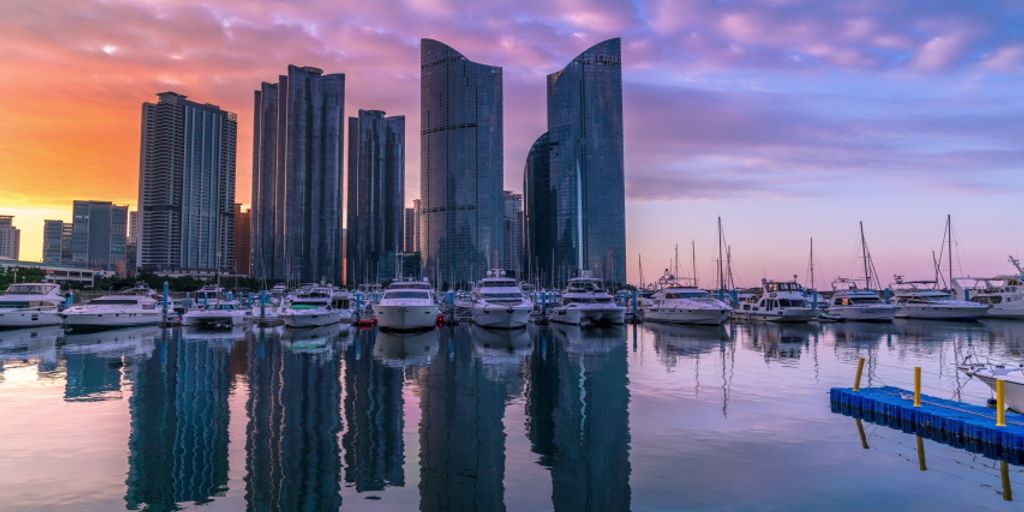
Busan, South Korea’s second-largest city, is a vibrant hub of maritime activity and cultural heritage. From its bustling port to its traditional fishing villages, Busan offers a unique glimpse into Korea’s rich maritime history. This article explores the various facets of Busan’s maritime heritage, including its iconic port, traditional fishing methods, maritime museums, shipbuilding evolution, and the significance of maritime trade in East Asia. Whether you’re a history buff or simply curious about maritime culture, Busan has something to offer.
Key Takeaways
- Busan Port is a bustling gateway to the city’s maritime heritage and international connections, featuring iconic landmarks like the Busan Harbour Bridge.
- Traditional Korean fishing villages in Busan showcase old-school fishing techniques and contrast them with modern methods.
- The Maritime Museum in Busan offers interactive experiences, including a marine tunnel and galleries displaying underwater cultural heritage.
- Korean shipbuilding has evolved from ancient ships to modern vessels, with significant contributions from the navy.
- Maritime trade in East Asia has a rich history, evidenced by ceramic relics and jewelry found in underwater excavations.
Exploring the Bustling Busan Port
A Day at Pier 1
At the heart of Busan lies its vibrant waterfront, where the bustling port serves as a gateway to the city’s maritime heritage and international connections. Pier 1 is always buzzing with activity, from the arrival of massive cargo ships to the departure of local fishing boats. It’s a place where you can truly feel the pulse of the city.
The Iconic Busan Harbour Bridge
The iconic Busan Harbour Bridge, with its sweeping curves and dazzling lights, offers panoramic views of the city skyline and the shimmering waters of the Sea of Japan. Walking across the bridge, you can see the entire port in action, making it a must-visit spot for anyone wanting to experience Busan’s maritime charm.
Educational Programs at the Port
The port also offers various educational programs that teach visitors about Busan’s rich maritime history. These programs are perfect for kids and adults alike, providing hands-on experiences that make learning fun. From guided tours to interactive exhibits, there’s something for everyone to enjoy.
In Busan, past and present converge in a dynamic fusion of sights, sounds, and flavors, inviting visitors to explore its rich cultural heritage.
Traditional Korean Fishing Villages
Old-School Fishing Techniques
In the past, Korean fishermen used unique methods to catch fish. They relied on simple tools like nets and traps. These techniques were passed down through generations, ensuring that the knowledge stayed within the community.
Life in a Fishing Village
Living in a fishing village was all about community. Families worked together to catch fish and share the bounty. The village was often bustling with activity, from mending nets to preparing the catch for market. It was a hard but rewarding life.
Modern vs. Traditional Methods
Today, fishing methods have evolved. Modern technology has made fishing more efficient, but some traditional techniques are still in use. Comparing the old and new ways shows how much has changed and how some things have stayed the same.
Visiting a traditional fishing village offers a glimpse into a way of life that has largely disappeared but still holds a special place in Korean culture.
The Maritime Museum Experience

The Korean National Maritime Museum is a fantastic place to learn about the sea and ships. Opened in 2012, it’s the third largest museum in Korea and admittance is free. The museum is huge, so there’s plenty of space to explore and discover new things.
The Evolution of Korean Shipbuilding
From Ancient Ships to Modern Vessels
Korean shipbuilding has come a long way from its early days. Ancient ships were made from wood and used for fishing and trade. Today, modern vessels are built with advanced technology and materials, making them faster and more efficient.
Scale Models on Display
At the museum, you can see scale models of different ships. These models show the evolution of shipbuilding techniques over the years. It’s fascinating to see how designs have changed to meet new needs and challenges.
The Role of the Navy
The Korean Navy has played a crucial role in the development of shipbuilding. They have helped test new designs and technologies, ensuring that Korean ships are among the best in the world.
The evolution of Korean shipbuilding is a testament to the country’s innovation and resilience.
- Ancient wooden ships
- Modern high-tech vessels
- Scale models at the museum
- Navy’s role in development
Maritime Trade in East Asia
14th Century Maritime Trade
In the 14th century, maritime trade was a big deal in East Asia. Ships carried all sorts of goods across the sea, connecting different countries. Trade routes were like highways on the water, making it easier for people to buy and sell things from faraway places.
Ceramic Relics from the Sea
Did you know that many old ceramic items have been found underwater? These relics tell us a lot about the past. They show us what people used in their daily lives and what they traded. It’s like finding hidden treasure!
Jewellery and Trinkets of the Past
People in the past loved jewellery and trinkets just like we do today. Many of these items have been found in shipwrecks. They give us a glimpse into the lives of people from long ago. Imagine wearing a necklace that someone wore hundreds of years ago!
Maritime trade in East Asia was not just about goods; it was about connecting cultures and people across the sea.
Getting to Know the Port of Busan
Public Awareness Programs
The Port of Busan is not just a place for ships and cargo; it’s a hub of activity and learning. Public awareness programs help people understand the importance of the port. These programs include guided tours, workshops, and interactive exhibits. It’s a great way to learn about maritime life!
Conservation Efforts
Conservation is a big deal at the Port of Busan. They work hard to protect marine life and keep the waters clean. Efforts include regular clean-up drives and special projects to save endangered species. Everyone can pitch in to help!
International Connections
The Port of Busan is a major player in global trade. It connects South Korea with countries all over the world. The port handles everything from cars to electronics, making it a key part of international business. The city tour bus makes a stop at the international cruise terminal every half-hour so it is a good way to travel around and see the major sights of Busan.
Conclusion
Exploring Busan’s maritime heritage is like taking a deep dive into the city’s soul. From the bustling port and the iconic Busan Harbour Bridge to the fascinating exhibits at the Maritime Museum, every corner of Busan tells a story of its rich connection to the sea. Whether you’re walking through the marine tunnel, marveling at ancient ship relics, or participating in hands-on activities, there’s something for everyone. The efforts to preserve and promote this heritage, through education and community programs, ensure that Busan’s maritime legacy will continue to inspire future generations. So next time you find yourself in Busan, take a moment to appreciate the waves of history that have shaped this incredible city.
Frequently Asked Questions
What can I expect to see at the Busan Maritime Museum?
At the Busan Maritime Museum, you can explore the Marine Tunnel, the Underwater Cultural Heritage Gallery, and enjoy hands-on activities and simulators. There’s also a small aquarium where you can observe aquatic creatures.
What is the significance of the Busan Harbour Bridge?
The Busan Harbour Bridge is iconic for its sweeping curves and dazzling lights, offering panoramic views of the city skyline and the Sea of Japan. It serves as a gateway to Busan’s maritime heritage.
Are there educational programs at Busan Port?
Yes, Busan Port offers a series of educational and experience programs aimed at raising public awareness and appreciation of its heritage. These programs are part of conservation and promotion efforts by local and national governments and civic groups.
What can I learn about traditional Korean fishing techniques?
You can learn about traditional Korean fishing techniques and the living conditions in fishing villages at the Busan Maritime Museum. The museum also compares modern fishing methods with those of the past.
How has Korean shipbuilding evolved over time?
Korean shipbuilding has evolved from ancient ships to modern vessels. The Busan Maritime Museum showcases this development with several scale models on display, along with sections devoted to the roles of the navy and the Port of Busan.
What historical artifacts are displayed in the Underwater Cultural Heritage Gallery?
The Underwater Cultural Heritage Gallery at the Busan Maritime Museum displays approximately 3,000 ceramic relics excavated from the sea, as well as glass cabinets containing crockery, jewellery, and trinkets related to maritime trade in East Asia from 700 years ago.

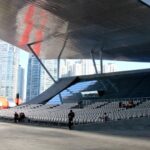

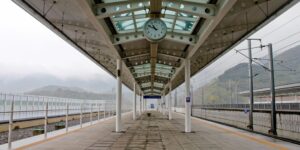
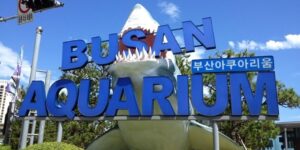
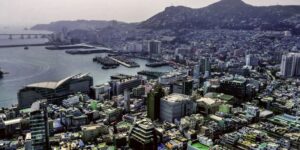
No comment yet, add your voice below!